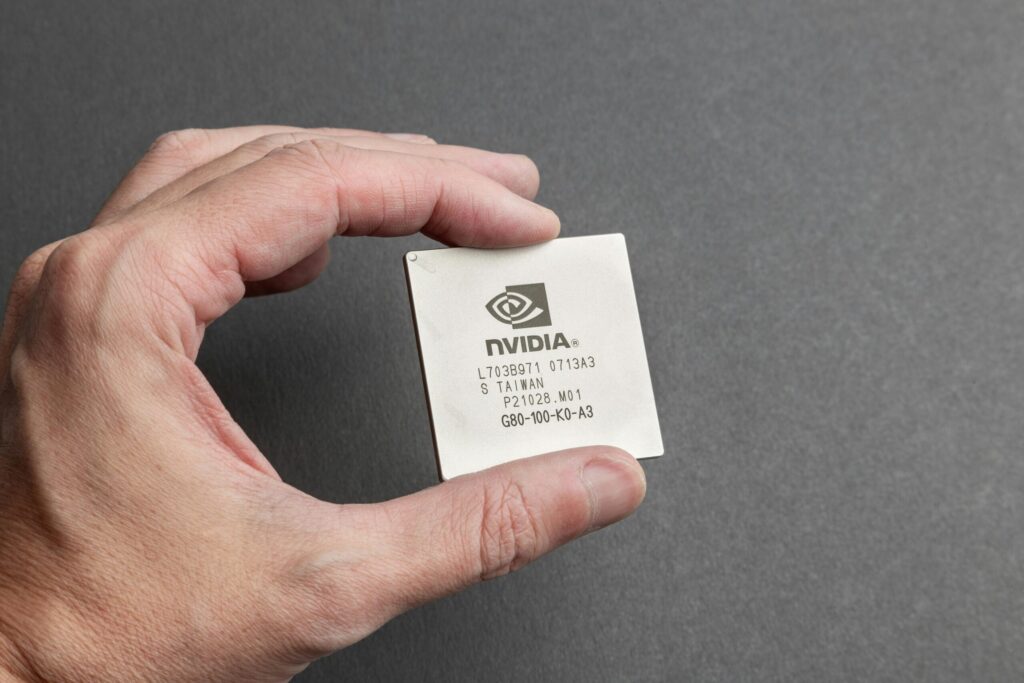America’s Nvidia Deal with China: A Masterstroke or a Grave Miscalculation?

A massive debate is splitting the Chinese EV market.
Is it “the end of innovation” with endless copycat designs? Or “the ultimate evolution” into smart devices on wheels? Two camps, two very different visions for the future of the car.
The U.S. has abruptly greenlit Nvidia’s export of H20 AI chips to China. On the surface, it seems like a de-escalation. However, as noted by prominent South Korean economics analyst Jeon In-goo, this is less about peace and more about a complex “deal” struck in the shadows.
Drawing from his perspective, I’ll analyze this further. Is this a shrewd move by the U.S. to manage its rival, or a critical error that underestimates China’s real capabilities? The answer has profound implications for the global tech and automotive industries.
The Strategy: From “Total Blockade” to “Managed Dependence”
The U.S. policy shift from banning all advanced chips to allowing a lower-spec version seems designed to prevent China from achieving complete technological self-sufficiency. The rationale appears to be: “It’s better to keep China dependent on our ecosystem, even with older tech, than to lose them entirely.” This is a pivot to a strategy of ‘managed competition’.
The Blind Spot: China’s Startlingly Fast Progress
But this strategy may have a fatal flaw: it underestimates the speed and determination of China’s push for self-reliance.
- In AI Chips: China’s top foundry, SMIC, has already become the world’s third-largest by revenue and is reportedly targeting 3-nanometer process technology, directly challenging the dominance of TSMC and Samsung. This isn’t just catching up; it’s a bid to change the game.
➡️ [The Data Room: Global Foundry Market Share Tracker] - In Automotive Chips: This trend is even more pronounced in the auto sector. BYD isn’t just a car company; it’s a vertically integrated behemoth that started with batteries and is now developing its own semiconductors. As Western automakers like Ford and VW grapple with supply chains, BYD is building a self-contained ecosystem. This is a massive competitive advantage.
The American Dilemma: Is the “Deal” Actually Buying China Time?
This brings us to the core of the U.S. dilemma. The H20 deal was likely intended to keep China on a leash. But what if it’s actually giving them the breathing room they need to perfect their own technology?
The risk for the U.S. and its allies is that while they believe they are “managing” China with second-tier chips, China is using this time to close the fundamental technology gap. The emergence of a self-sufficient Chinese semiconductor industry would not only cost U.S. firms a massive market but also create a formidable, independent competitor across all future-critical industries.
Conclusion: A Temporary Truce Before a Bigger Storm
The H20 export approval is not a sign of peace. It’s a temporary, transactional truce in a long-term technological war. The core question is no longer if China will develop its own advanced semiconductors, but when.
The U.S. strategy of “managed dependence” is a high-stakes gamble. It bets that China cannot close the gap before the West moves to the next technological frontier. But given the progress of SMIC and BYD, that’s a bet that looks riskier by the day. This isn’t the end of the tech war; it’s just the start of a much more complex and unpredictable new chapter.
My AI Jazz Project: